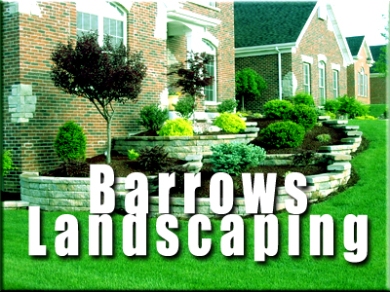Outdoor Lightning
Outdoor lighting isn’t just about security. There is absolutely no reason the curb appeal of your home should be limited to the daytime. The tree you’ve also adored, the garden you’ve worked tough to cultivate, the pond you purchased with your hard-earned money, and all the other landscape features you’ve meticulously chosen for your home can achieve some of their best effects at night with good outdoor landscape lighting.
Reduced Voltage Outdoor Lighting
The electricity running into your home holds a potentially dangerous 120 volts. To generate low voltage outdoor lighting you’ll need to put in one or more transformers. This will lessen the voltage of your outdoor landscape lighting to a acquire 12 volts. If your wiring gets exposed by bad weather and the abuse of the elements, this voltage poses no danger to you, your loved ones, or your pets.
The negative effects to the low voltage outdoor lighting is that lighting fixtures become dimmer the further away they are from the transformer. If this becomes a problem, there are a variety of simple solutions. You can upgrade to a higher-rated transformer or a heavier-gauge cable. You can use multiple transformers. You can also simply reduce the number or the wattage of your light fixtures. Shifting the transformer and/or rearranging the layout of the lighting system can help to eliminate the cable length to each fixture, lessening the dimming path. You might also think about using the dimming as an intentional effect. This is popular in path lighting, where each light fixture gets more robust as you move closer to your home.
Outdoor Landscape Lighting: Style and Installation
Figuring out what you would like your lighting to do is the initial step when selecting and designing your lighting system. Additional usefulness and safety entering your home at night, adding nighttime curb appeal to your home, and simply developing a romantic mood are all common goals for outdoor landscape lighting. You will find three main types of lighting but many outdoor lighting designs apply certain mixture of the three.
Path Lighting-Uses fixtures that focus light onto your paths and walkways. Mainly for security, this lighting still produces great looking lighting effects for your outdoor landscape.
Accent Lighting-Still focuses light onto a unique object or landscape feature, but allows for more peripheral lighting and dim lighting of surrounding areas. Creates entrance charm but emphasizes individual areas like a tree or a garden.
Spread Lighting-Just as the name suggests, spreads light amongst your outdoor landscape and creates a far more general mood. Certain areas will still be stressed but generally isn’t concentrated around just one object or feature.
If you want more information about landscaping, visit Yuba City Landscape Design today.

